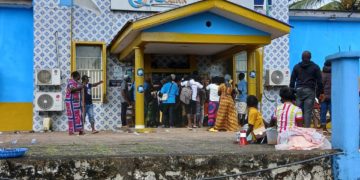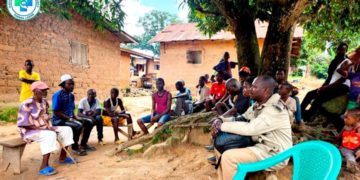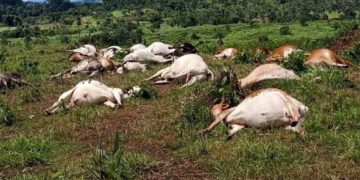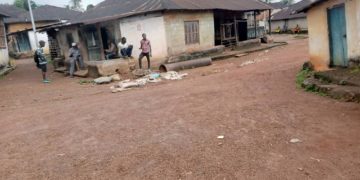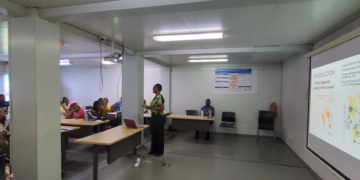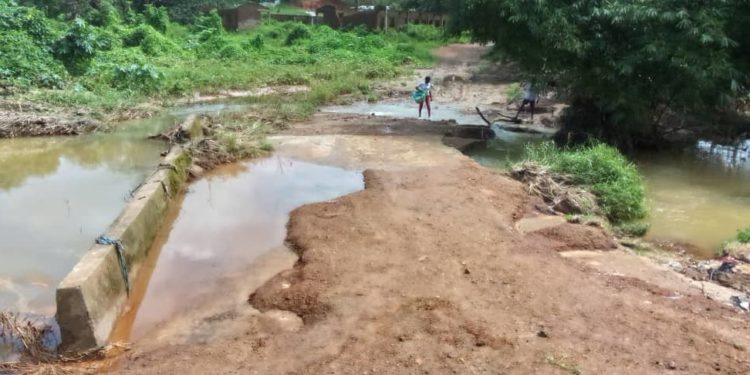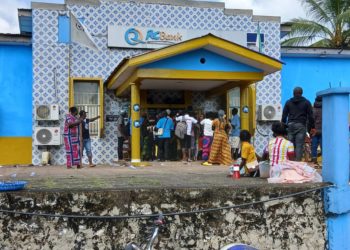By James T. Flee in Kenema
Disaster management authorities in Kenema say they are assessing the level of damage caused by a massive flooding on Monday, 16 October, following a heavy downpour.
The incident destroyed many houses and other properties in and around communities like Nyandeyama, Kpetewoma, Simbeck and Dama Road.
Many of the affected settlements lay along the Lamba-Yea Stream which runs across the city, separating part of it from the Central Business Area (CBA).
The Lamba-Yea Stream has its source from the Kambui Hills Forest reserve, passing through communities like Dor-wala, Show Field, back of Prison quarters, the main fisheries market, back of How For du motto pack and Kpetewoma, among others, down to the Bo-Kenema Highway.
Other areas also affected by the flood are in Kambui West, including New England Section and Back of SLWACO Regional Office.
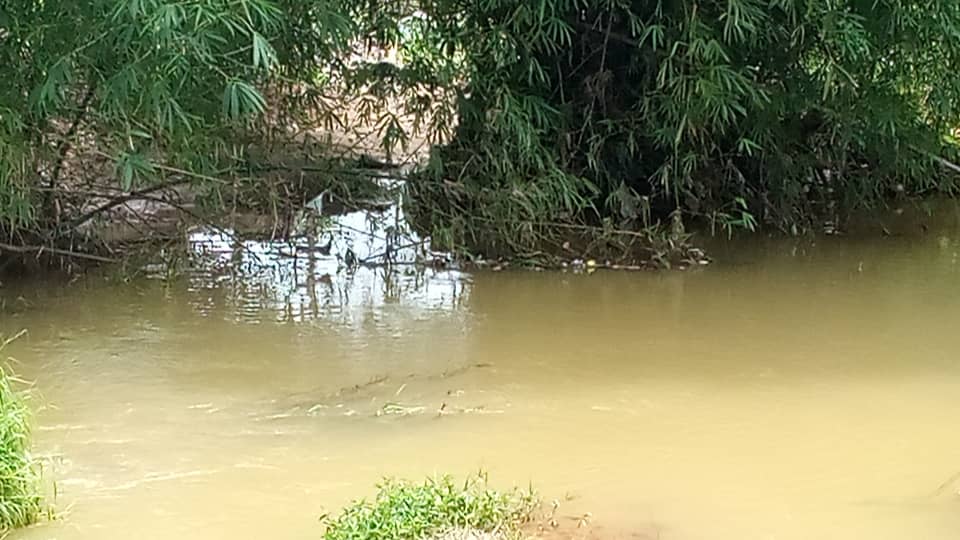
Some settlements around the Combey River were also flooded.
The Combey River separates Kenema City from Combema Village and other major towns and villages in the Nongowa Chiefdom.
Combema Village and other surrounding towns supply Kenema City with lots of commodities. Residents from these communities take their food stuffs for sale in the city, daily. But they were greeted by surprise view on Tuesday, a day after the flooding, as the road they usually pass through was cut off by flood water.
Residents say the rain which started from 7pm on Monday,
lasted for about eight hours, up to 2am Tuesday morning. It led to the overflow of wells and lowland areas.
While the victims struggle to come to terms of their predicament, the cause of the flooding has sparked a debate over the role bad human environmental activities played in causing it.
According to residents and environmental experts, the month of October is usually characterized by thunder and lightening, noting that this is the first time they have witnessed such heavy downpour in this time of the year. While this may point to the role of climate change, the role of humans has dominated the discussion around it.
Degbuama Community resident, Phibian Mariama Koroma, had all her clothes, mattress, footwear and food stuff soaked when water entered her apartment. She told ManoReporters that they were aware that it’s the raining season but that the prolonged period of the rains came as a surprise.
“This is my first experience of such rains in any October month,” she said.
Mohamed Swaray, also a victim and resident of Degbuama, in the Fonikoh Section, blames poor design and lack of maintenance of drainage channels for the flooding, pointing out that human activities like deforestation and poor garbage disposal heightened the risk, especially in swampy areas. Many of the areas affected by Monday’s flooding are located in such swampy areas.
“Deforestation and poor garbage disposal increased the risk of flooding especially in swampy areas,” Swaray said.
Among the affected properties are schools, including the Islamic Secondary School, where JSS 3 pupil Baimba Kamara attends. He appealed for government and humanitarian organizations to come to their aid as most of their school materials were lost to the flooding.
Officials at the district disaster management office also expressed surprise at the long hours of the rain and the fact that it occurred in October.
John Goba, Disaster Management Officer in Kenema, said their findings after the assessment of the level of damage caused by the incident will inform the next move by relevant authorities.
“The Disaster Management Agency is doing first-hand assessment to know whether there were deaths, how many people were affected, and how many houses and properties were destroyed within areas most affected by the flooding,” he said, noting that the agency will soon come out with a comprehensive report on its findings.
Mr Goba also blamed the flooding on human activities like back-filling of swamps and blocking of water ways like drainages for construction purposes. He also lamented the existence of huge deposit of waste in the streams and rivers within the city.
“Our office has done several radio discussions and stakeholders engagement on how to mitigate flooding in Kenema city and beyond,” he said, adding that many risk assessments have been made on the Lamba-Yea Stream. According to Goba, the report was shared with disaster management officers in both the city and district councils for action, yet nothing happened.
Goba also blamed the Nongowa Chiefdom authorities for their failure to take proactive measures to stop re-occurrence of disasters, noting that they only meet when there is a crisis.
“The authorities in Kenema city do not take disaster management issues as a priority” he stressed.
According to Goba, there is over 10 million cubic meter capacity dam up in the Kambui Hills, which faces threat of destruction due to indiscriminate housing construction work and stone mining, which are taking place without any efforts by chiefdom authorities to stop them.
The Department of Planning also said it doesn’t issue out permit to buildings constructed in swamps.
Mohamed Bas Koroma, a representative of the ministry of land, said they always visit to ascertain whether the land is not located in wet land or other prohibited areas, before issuing out permit.
But town Chief of Kenema, Alhaji Momoh Gimbu Lango, rejected the accusation of selling wet land and other protected areas for construction purposes. He said the land-owning families and chiefdom stakeholders were always monitoring the Kambui Hills forest reserve to stop unlawful construction and mining activities.

